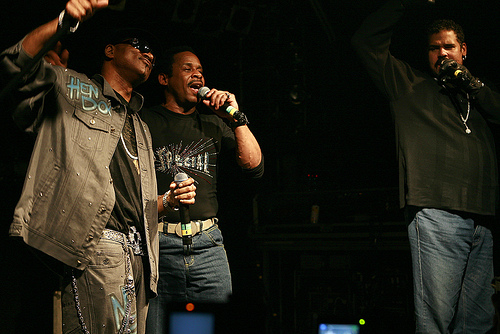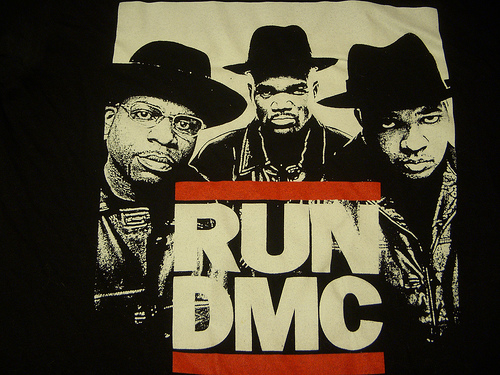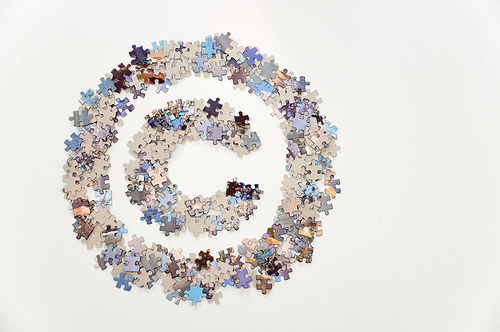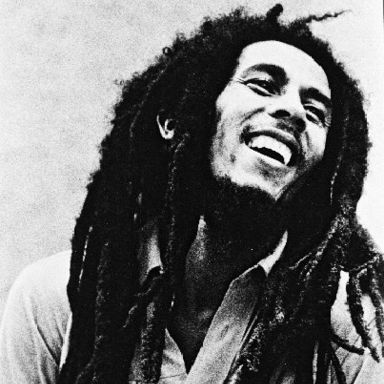The hip-hop subculture that spawned hip-hop music was born in New York City in the early 1970s. Young African Americans living in the city would attend block parties where DJs gained popularity by isolating the percussion elements of popular songs. This technique was already popular in Jamaica, and was largely credited to Clive Campbell, aka DJ Kool Herc, who is universally regarded as the father of hip-hop music.

Introduction of Rapping
Quickly, this isolation of percussion would lead to DJs starting to rap or MC over the most popular tracks. Although this initially began as improvisation, it wasn’t long before rappers would write and memorise their lyrics prior to attending a party or a show.
Naturally, there is much controversy over which track was the first hip-hop song to be recorded, although The Sugarhill Gang’s aptly titled ‘Rapper’s Delight’ is widely credited as being so, in 1979. By the end of the end of the year, there were individual rappers and groups of both sexes recording and releasing music.
Into the 1980’s, hip-hop music wasn’t yet mainstream, but had become popular in the tough inner cities of many North American cities, although Philadelphia was the only one where credible artists were emerging to rival those from New York.
Hip-Hop in the 1980s
Hip-hop music would quickly start to diversify as artists would use a range of production equipment and take inspiration from other genres in order to produce a unique, fresh sound.

New school hip-hop is the term given to the period in the early 80s when artists moved away from the disco elements that were prominent early on and started to incorporate edgier, rockier sounds to accompany the often aggressive lyrics. The Run DMC/Aerosmith collaboration on Walk This Way later in the decade would cement this, and be widely credited as the track that made hip-hop mainstream.
Golden Age
The mid-1980s to the early 1990s is known as the golden age of hip-hop, owing to the massive range of diversity throughout the genre. While disco influenced hip-hop and rockier styles continued to thrive, west coast and east coast styles would emerge in the United States, while Gangsta Rap would also make a breakthrough to the mainstream, with artists such as Public Enemy, N.W.A, and the Wu-Tang Clan being particularly important artists. After the break-up of N.W.A, Dr. Dre would go on to become one of the leading figures in hip-hop, and is still one of the most sought after people in the industry today for collaborations.
2000s and Beyond
Although hip-hop music remained popular within the hip-hop subculture throughout the 90s, the huge commercial and critical success of Eminem’s The Marshall Mathers LP in 2000 brought the genre back into focus, predominantly, and controversially, due to the fact he was a white rapper. The quality of the music, lyrics, and Dre-led production was not in question, however, and the re-emergence of hip-hop into the mainstream would help the likes of Jay-Z, who had been performing since the late 80s, finally be noticed and enjoy global success within the genre.
Today, although traditional hip-hop doesn’t feature much in the mainstream charts, artists like those above and popular musicians like Flo-Rida and Kanye West enjoy great success and exposure by combining several elements of R&B into their music, including hip-hop and rap.
Image Sources: Markus Werner, SoulRider.222





